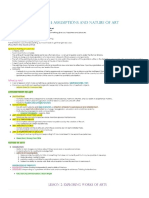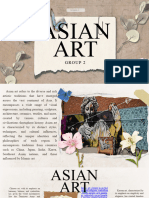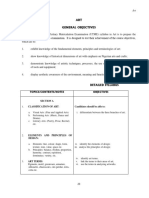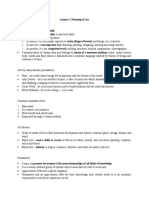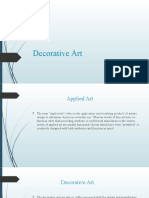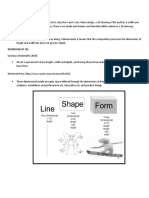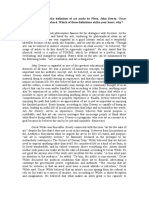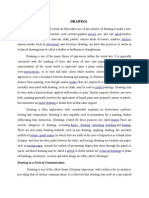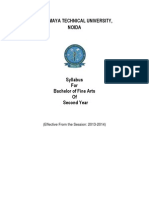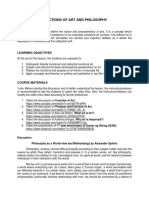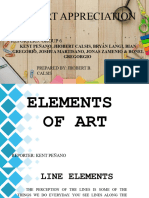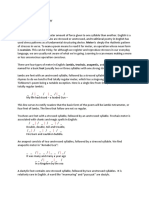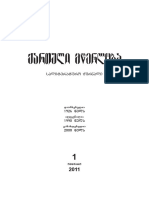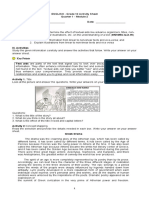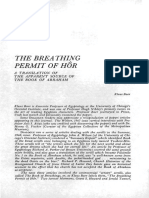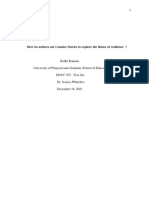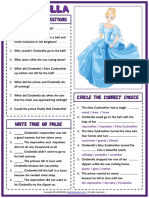0% found this document useful (0 votes)
344 views6 pagesArt Appreciation
The document summarizes the involvement of philosophers Plato, Aristotle, and Immanuel Kant in arts. Plato saw art as imitation and dangerous because it can stir emotions. Aristotle considered art as imitation of nature that provides pleasure. For Kant, beauty results from order and harmony in objects, while the sublime overwhelms viewers. The document also compares artists and artisans, noting artists are more creative and focus on form/substance, while artisans focus on technique and crafting functional items. Both possess skills to produce artworks but artisans emphasize traditional materials and techniques.
Uploaded by
Clariss RamosCopyright
© © All Rights Reserved
We take content rights seriously. If you suspect this is your content, claim it here.
Available Formats
Download as DOCX, PDF, TXT or read online on Scribd
0% found this document useful (0 votes)
344 views6 pagesArt Appreciation
The document summarizes the involvement of philosophers Plato, Aristotle, and Immanuel Kant in arts. Plato saw art as imitation and dangerous because it can stir emotions. Aristotle considered art as imitation of nature that provides pleasure. For Kant, beauty results from order and harmony in objects, while the sublime overwhelms viewers. The document also compares artists and artisans, noting artists are more creative and focus on form/substance, while artisans focus on technique and crafting functional items. Both possess skills to produce artworks but artisans emphasize traditional materials and techniques.
Uploaded by
Clariss RamosCopyright
© © All Rights Reserved
We take content rights seriously. If you suspect this is your content, claim it here.
Available Formats
Download as DOCX, PDF, TXT or read online on Scribd
/ 6
